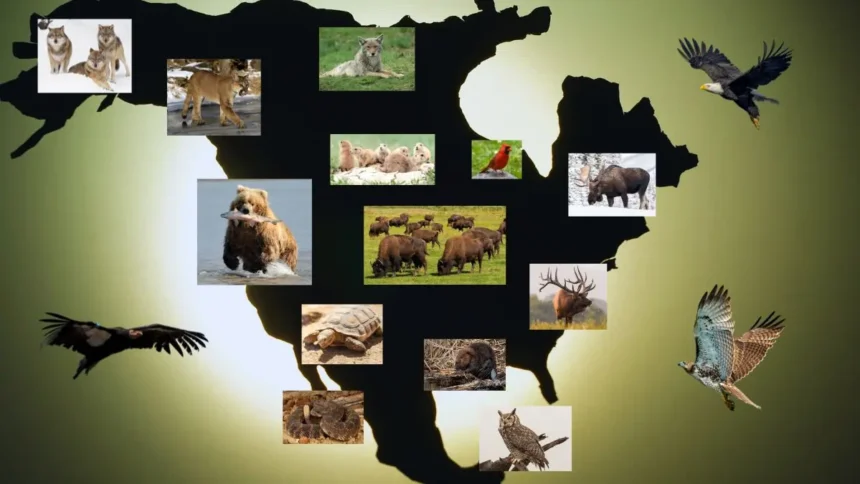⫸ Introduction to animals of North America
From the towering grizzly bear to the surprisingly venomous Gila monster, North America is a treasure trove of wildlife wonders. Discover the fascinating creatures that roam this continent’s forests, deserts, and mountains.
North America’s animals are a breathtaking testament to the power of adaptation. From the icy Arctic to the sun-drenched deserts of the Southwest, this vast continent teems with incredible wildlife. Understanding the continent’s diverse landscapes and the remarkable ways these animals of North America thrive within them is key to appreciating their true diversity.
Let’s dive into the geographic boundaries of North America, explore the range of habitats that shape these creatures’ lives, and discover the vital reasons why understanding this unique animal kingdom is so important.
Definition of North America's Geographic Boundaries:
North America, a land teeming with diverse animals of North America, stretches from the frigid Arctic Circle in the north to the narrow Isthmus of Panama, creating a land bridge to South America. This vast continent encompasses three major nations (Canada, the United States, and Mexico), Greenland, and numerous islands in the Caribbean and the western North Atlantic. Each region within this expansive territory provides a unique habitat for a remarkable array of creatures, shaping the lives and adaptations of the fascinating animals of North America.
Overview of the Continent's Diverse Habitats and Biomes:
North America’s immense size means it harbors a stunning array of habitats. Icy tundra, lush rainforests, towering mountain ranges, arid deserts, and grasslands provide homes for a breathtaking variety of creatures. Each biome, a large, naturally occurring community of plants and animals within a major habitat type, shapes the lives of North American wildlife.
Importance of Understanding the Unique Wildlife of North America:
North America is renowned for its majestic mammals, and these icons of the wild embody the continent’s diverse landscapes and powerful natural forces. Let’s explore the mighty predators and awe-inspiring grazers that capture our imaginations.
⫸ Iconic Mammals of North America
North America’s animals teem with incredible life, from the icy Arctic to the sun-drenched deserts of the Southwest. Understanding this vast continent’s landscapes and the remarkable ways wildlife thrives within them is key to appreciating the true diversity of North America’s animals. Let’s dive into the boundaries, habitats, and vital reasons why we need to understand North America’s unique animal kingdom.
The Mighty Predators:
● Grizzly Bears
With their powerful builds and impressive claws, Grizzly bears are apex predators of North America’s forests and mountains. These omnivores are fiercely protective of cubs and can reach incredible speeds when hunting. A symbol of wildness, they require vast, undisturbed habitats to thrive.
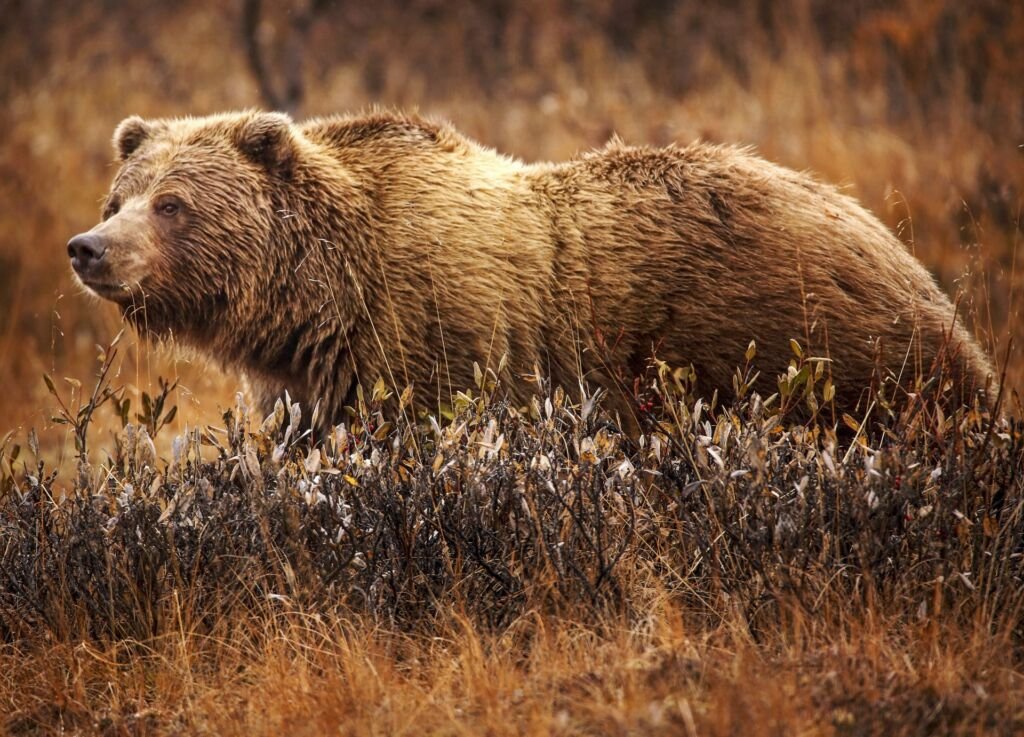
● Gray Wolves
The haunting howl of the gray wolf is a sound synonymous with the North American wilderness. These highly social canids hunt in packs, relying on cooperation to bring down large prey like deer and elk. Gray wolves were once widespread but now face habitat loss and persecution in some areas.
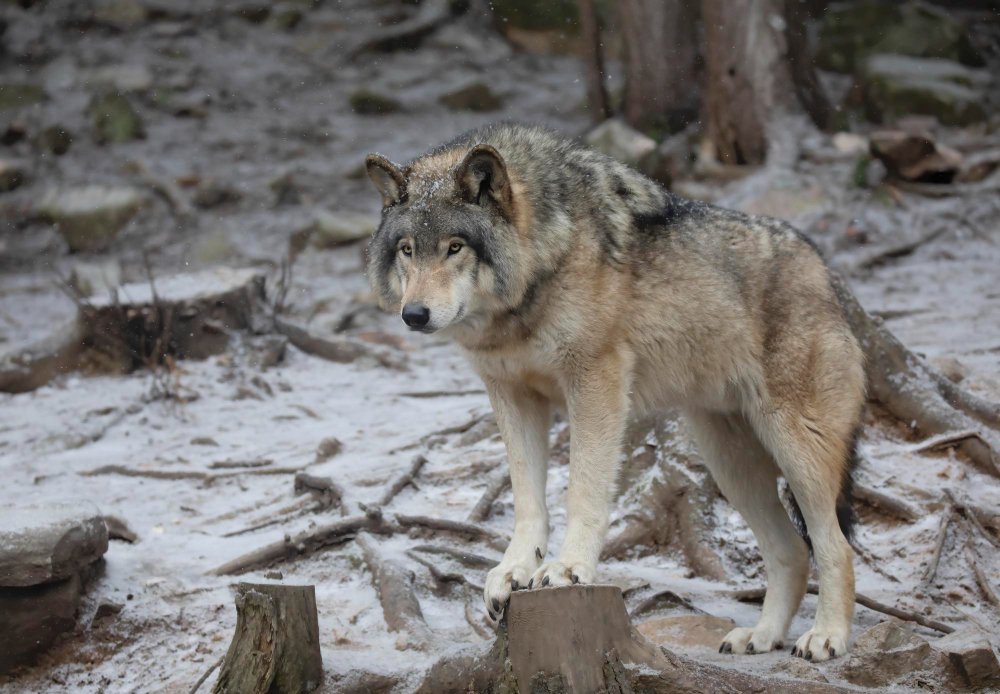
● Cougars/Mountain Lions
The ultimate ambush predators are agile and powerful cougars or mountain lions. Found across various habitats, their stealth and strength allow them to take down prey much larger than themselves. These solitary cats are elusive but vital in controlling deer populations.
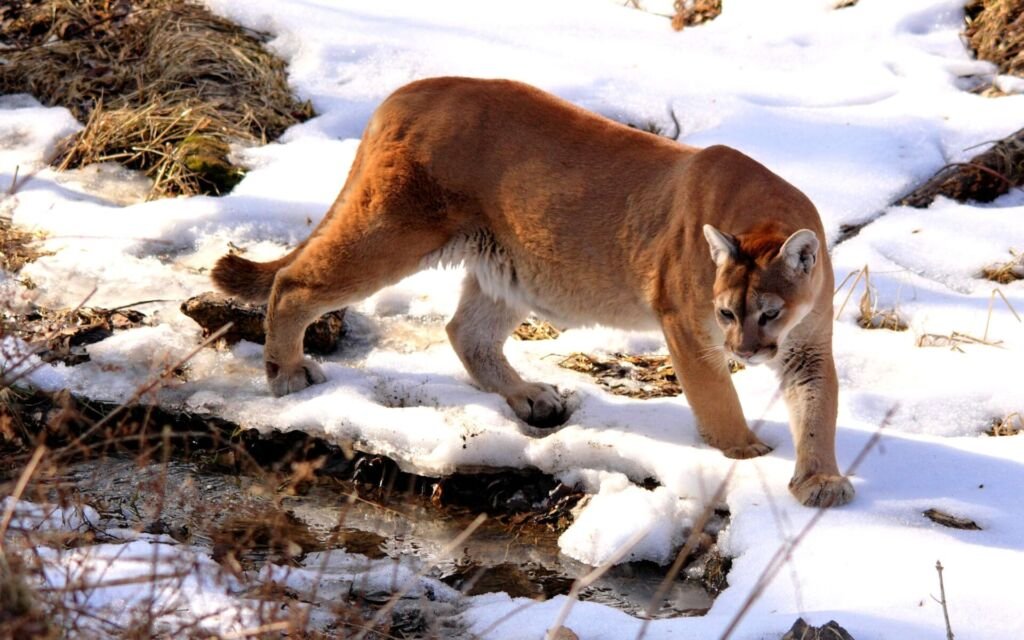
Majestic Grazers:
● Bison
Bison, often called buffalo, are quintessential symbols of the North American plains. Once numbering in the millions, these massive grazers roam in herds, their migrations shaping the landscape. Bison are a conservation success story, brought back from near-extinction.

● Moose
Moose, the most prominent member of the deer family, are icons of northern forests and wetlands. Their long legs and large antlers are striking features as they browse aquatic plants and shrubs. While primarily solitary, moose are formidable opponents during mating season.

● Elk
With their impressive antlers and graceful movements, elk are another majestic symbol of North America. Their loud bugling calls are a hallmark of fall in mountainous regions. Elk herds migrate with the seasons, seeking out the best grazing resources.
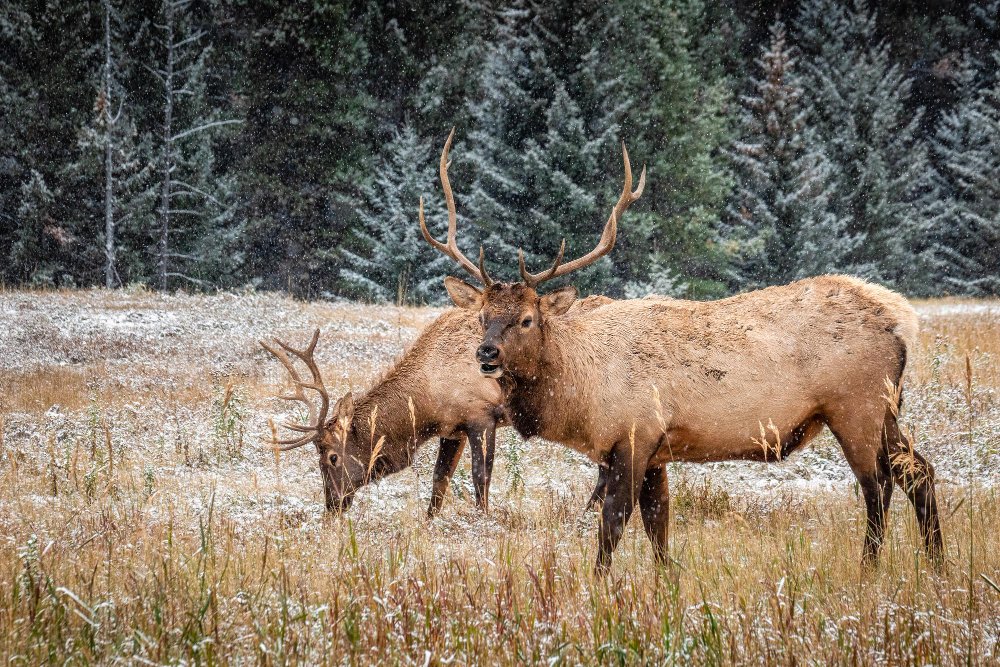
⫸ Fascinating Smaller Mammals
North America’s animal kingdom isn’t just about the big, iconic creatures. Within the continent’s varied landscape, a wealth of smaller mammals thrives, each with fascinating adaptations and unique niches. Let’s explore these resourceful marvels of the animals of North America, from industrious builders to cunning survivors.
Rodents of the Wild:
● Beavers
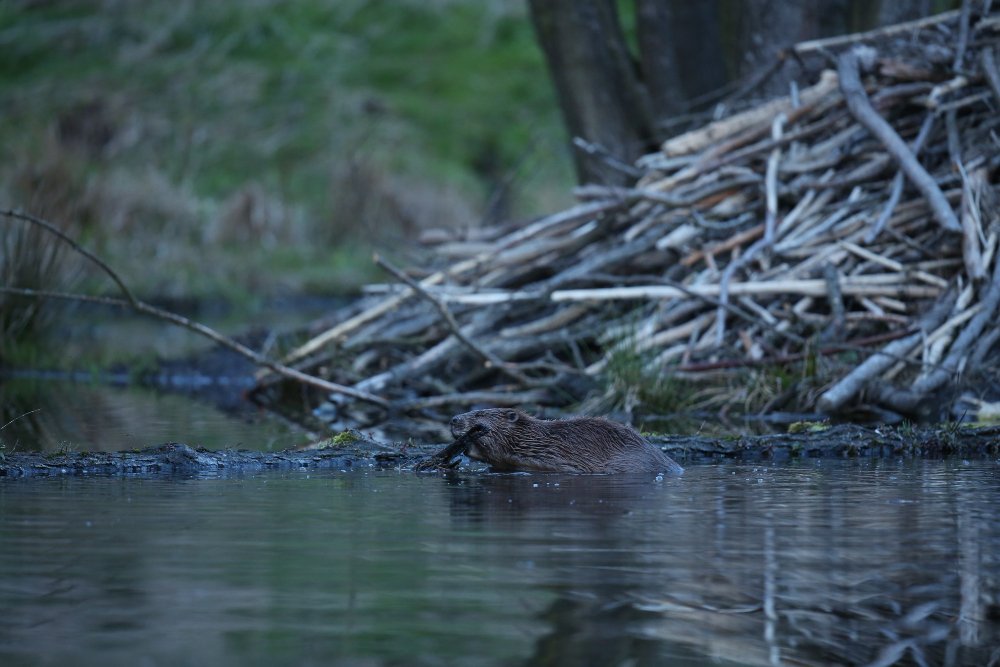
● Prairie dogs
Prairie dogs are social ground squirrels known for their complex underground ‘towns.’ Their burrowing shapes soil health, and they’re a keystone species –many other animals, like burrowing owls and black-footed ferrets, rely on them. Sadly, prairie dog populations face threats like habitat loss.
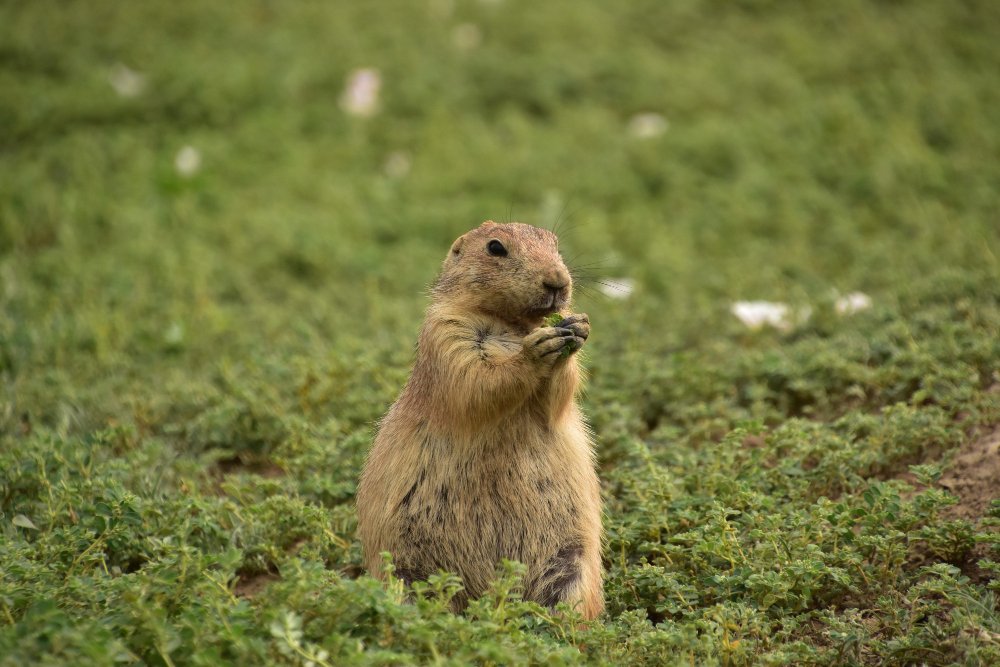
● North American porcupines
The North American porcupine is a unique forest dweller covered in sharp quills. These slow-moving vegetarians are primarily browsers, feeding on bark, leaves, and fruit. Their quills provide excellent defense, making them formidable opponents for most predators.
Clever and Adaptable:
● Raccoons
The masked bandits of the night, raccoons, are notoriously intelligent and adaptable. Their nimble paws and omnivorous diet allow them to thrive in urban areas and the wild. Raccoons exemplify the resourcefulness often found in North American mammals.
● Coyotes
North America’s most common wild canine coyotes are masters of adaptation. From deserts to cities, they’ve expanded their range across the continent. With their social intelligence and opportunistic hunting strategies, coyotes are true survivors.

● Foxes
Several fox species, including red and Arctic foxes, inhabit North America. Foxes are excellent hunters and are known for their cunning and adaptability. Their diet includes rodents, birds, and insects. Their beautiful coats make them a striking symbol of the wild within the animals of North America.
⫸ Reptiles and Amphibians of North America
North America’s reptilian and amphibian residents, often misunderstood, are vital parts of the continent’s ecosystems. These cold-blooded creatures display astonishing adaptations and survival strategies, from venomous snakes to slow-moving tortoises. Let’s explore some of the continent’s most notable reptilian and amphibian inhabitants.
Snakes to Watch Out For:
North America is home to several venomous snake species that command respect. Here are two particularly noteworthy ones:
● Rattlesnakes
Instantly recognizable by their namesake rattle, rattlesnakes are pit vipers with potent venom. Found throughout the continent’s drier regions, they’re essential rodent predators. While bites are potentially dangerous, rattlesnakes generally prefer to avoid humans, using their rattle as a warning to back away.
● Copperheads
With their beautiful copper-toned patterns, these ambush predators blend seamlessly with forest floors. Copperheads, though venomous, are less likely than rattlesnakes to deliver severe bites. Still, caution is necessary in their habitat, which extends across much of the eastern and central US.
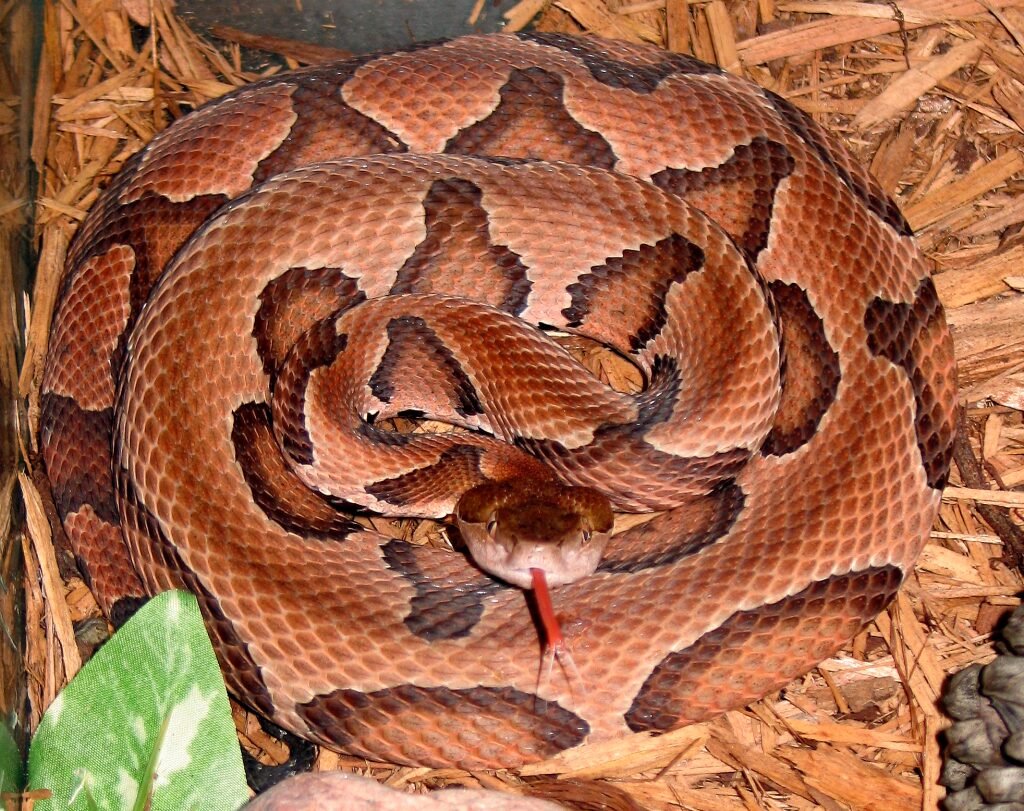
Turtles and Tortoises:
Slow and steady may win races in fables, but these shelled reptiles have even more impressive survival skills:
● Snapping Turtles
With powerful jaws and a prehistoric appearance, snapping turtles are the largest freshwater turtles in North America. They are mainly aquatic and can deliver a painful bite if mishandled. Yet, they play a valuable role as scavengers, helping to keep waterways clean.
● Desert Tortoises
These icons of the American Southwest are masters of desert survival. Desert tortoises dig deep burrows to escape extreme heat and store water for long periods. Sadly, habitat loss and human impacts have made them vulnerable, highlighting how even the toughest creatures need our protection.
⫸ Birds of North America
North America’s skies, forests, and waters teem with a dazzling array of birds. From powerful birds of prey to vibrant songbirds and fascinating oddities, the avian world offers endless wonders for bird enthusiasts and nature lovers alike. Explore some of the continent’s most iconic and intriguing feathered residents.
Birds of Prey
● Bald Eagles
The majestic bald eagle, with its white head, powerful talons, and a wingspan of up to 8 feet, is a true symbol of North America. These skilled hunters soar over waterways, snatching fish in dramatic dives. Sadly, their populations once plummeted due to habitat loss and pesticide use, but conservation efforts have helped them make a remarkable comeback.
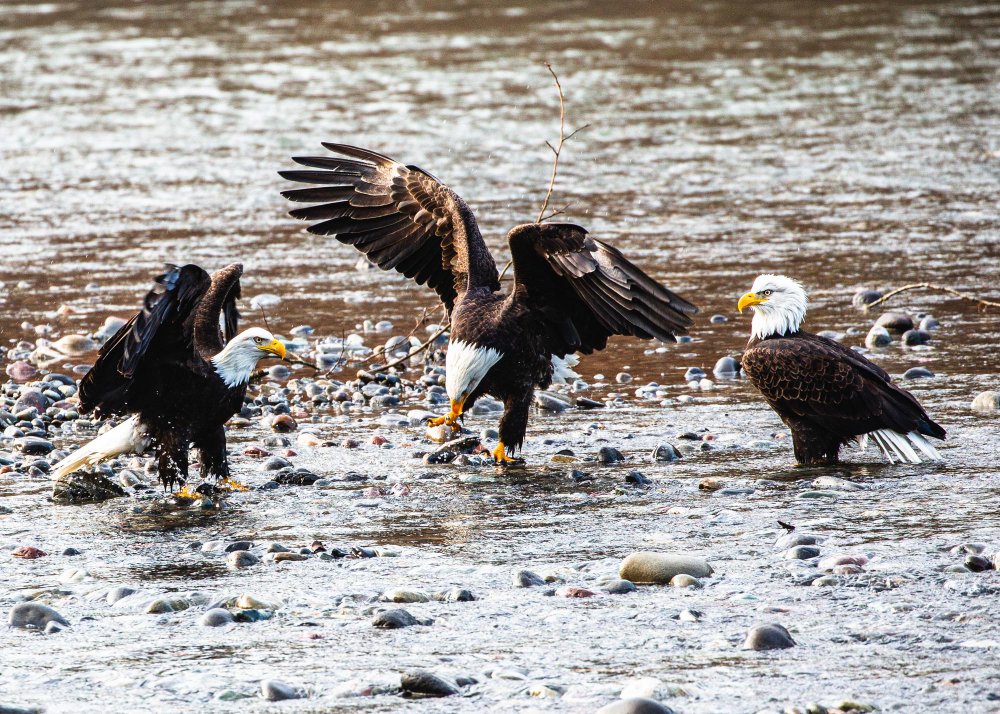
● Hawks
With sharp eyesight and lightning-fast reflexes, hawks are the daytime masters of the skies. North America boasts numerous hawk species, ranging from the tiny, sharp-shinned hawk to the imposing red-tailed hawk. These birds of prey specialize in hunting various animals, from small rodents to larger birds.
Songbirds and Other Wonders:
● Cardinals
The brilliant red male cardinal is a backyard favorite across much of North America. Easily spotted and identified, cardinals bring a splash of color to winter landscapes. These songbirds have powerful beaks for cracking seeds and a cheerful, whistling song.
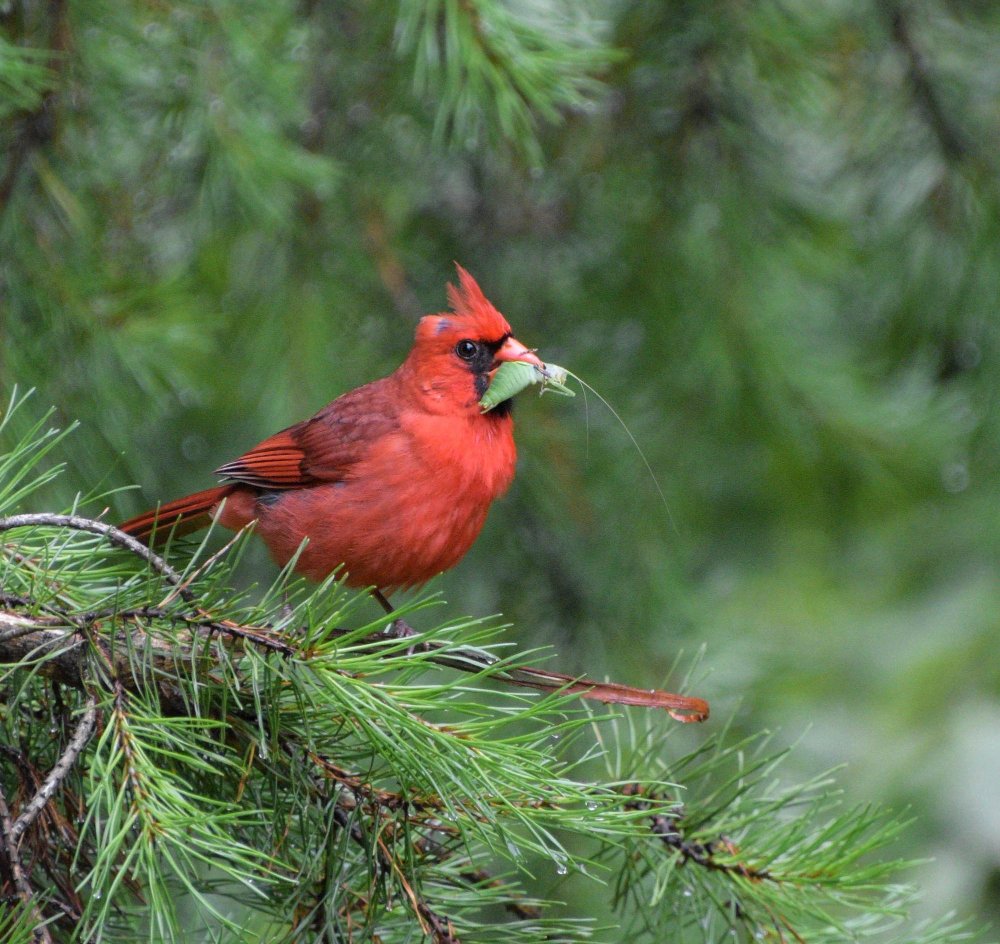
● Hummingbirds
Hummingbirds are tiny marvels of nature, dazzling with iridescent colors and incredible aerial acrobatics. North America is home to several hummingbird species. They can hover in midair, beat their wings up to 80 times per second, and even fly backward! These miniature avian gems feed on nectar and are vital as pollinators.
⫸ Threats and Conservation Efforts
Sadly, the incredible animals of North America face significant challenges. Human activities threaten the survival of many species, but a glimmer of hope shines through as dedicated conservation efforts offer solutions and celebrate successes. Let’s explore these threats and how conservationists are fighting back to protect the animals of North America.
Habitat Loss and Fragmentation:
The expansion of cities, agriculture, and infrastructure destroys and divides animals’ natural habitats. This loss forces animals into smaller areas, limiting resources and making them more vulnerable to predators and disease.
Climate Change Impacts:
From melting Arctic ice to shifting weather patterns, climate change disrupts the delicate balance of North America’s ecosystems. Animals may need help finding food, adapt to changing temperatures, or face increased resource competition.
Conservation Initiatives and Success Stories:
Dedicated organizations and individuals are working tirelessly to protect the animals of North America. Their efforts range from establishing protected areas and restoring habitats to reintroducing endangered species like the gray wolf. These conservation success stories offer hope and demonstrate the positive impact of ongoing action.
⫸ Conclusion
The animals of North America offer captivating biodiversity, ranging from the iconic bald eagle soaring through the sky to the elusive beavers settled in the rivers. Each creature is vital in the uninterrupted ecosystems that define this vast continent.
Exploring 20 astonishing North American animals, we’ve witnessed their adaptability and unique characteristics. From the oceanic depths to the high mountain peaks, these animals remind us of the delicate balance of nature and the importance of conservation efforts.
Whether you’re an avid wildlife enthusiast or simply curious about the natural world, the animals of North America are sure to inspire you. By appreciating their beauty and understanding their ecological significance, we can all contribute to their preservation for centuries.

